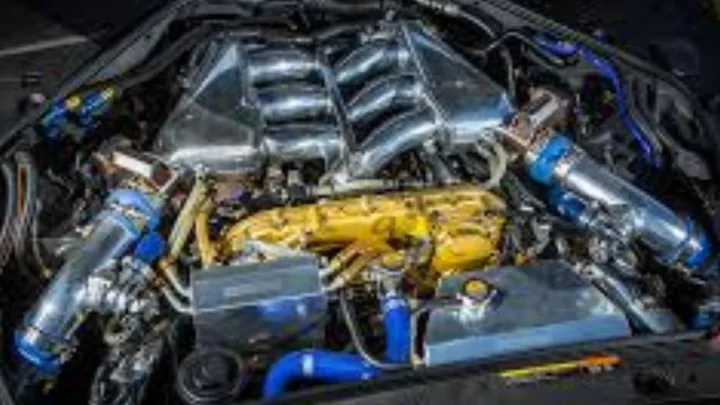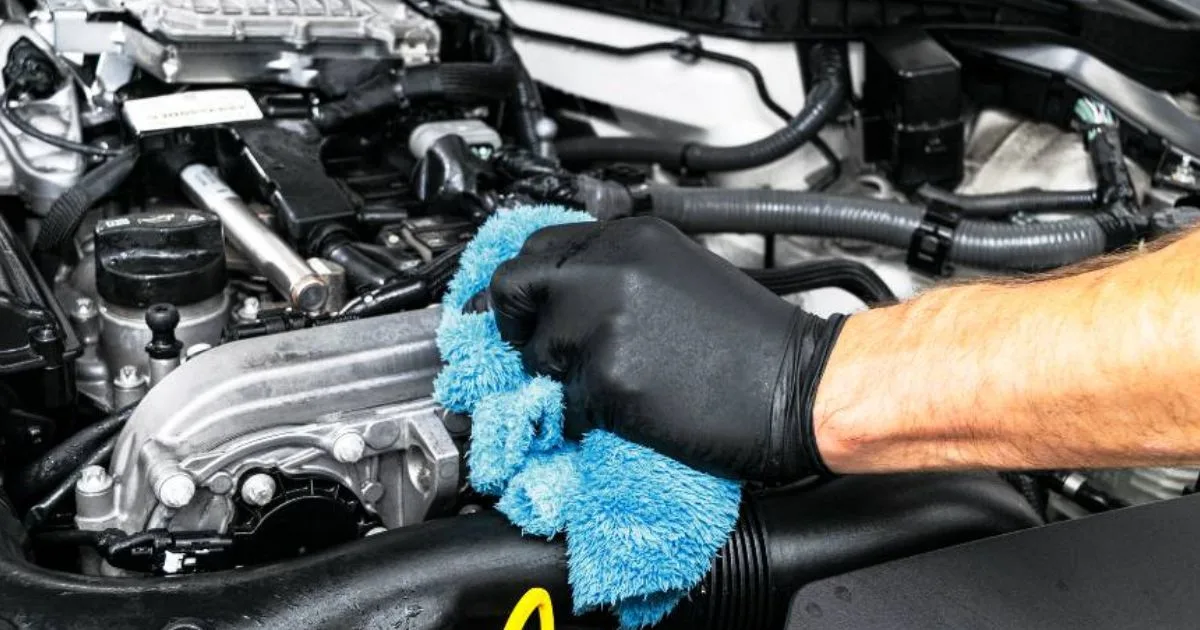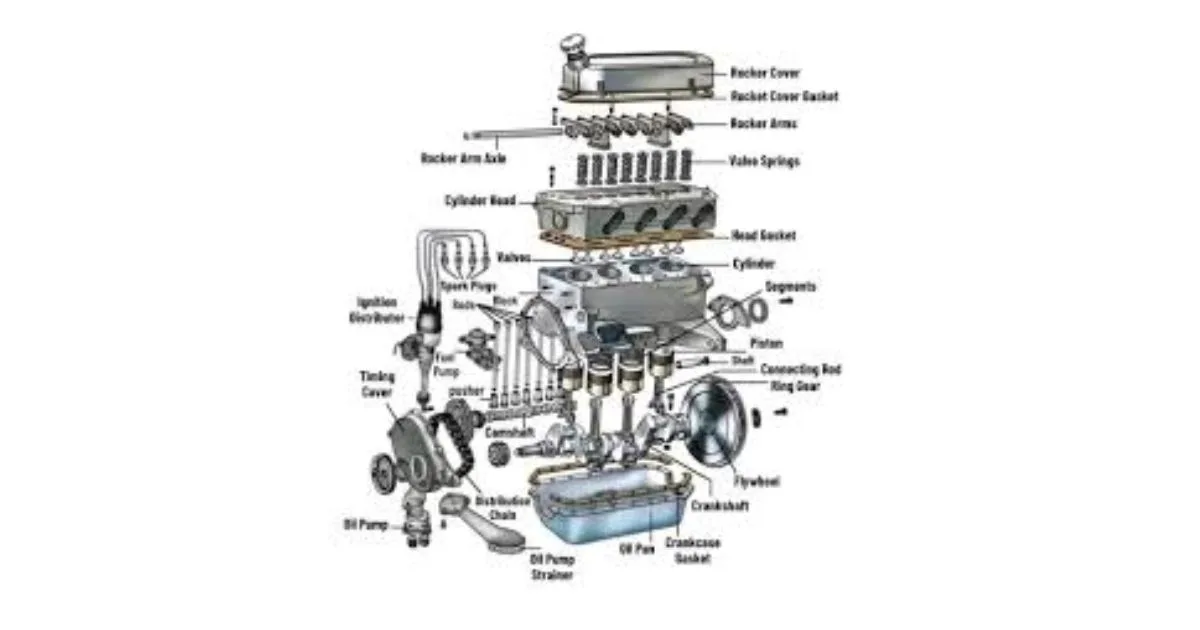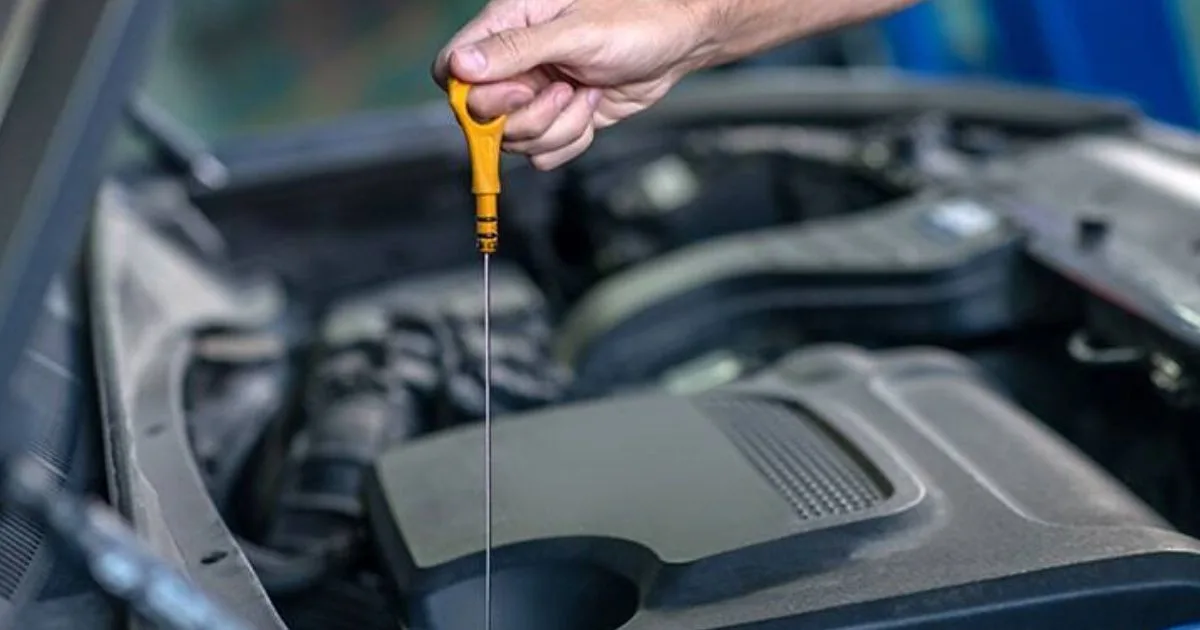
To make your car engine bay look nice, start by cleaning it thoroughly and applying protectant. Next, consider upgrading or replacing visible components for a more aesthetic appeal.
Making your car's engine bay stand out not only adds to the vehicle's visual appeal but can also improve its overall performance. A clean and well-maintained engine bay reflects the owner's dedication to their vehicle's upkeep. It's not just about aesthetics; a tidy engine bay can make routine checks and maintenance easier, potentially catching issues before they become major problems. This task might seem daunting at first, but with the right approach, anyone can transform their engine bay into a showcase feature. Whether you're an avid car enthusiast or simply take pride in your vehicle, investing time into making your engine bay look nice is a rewarding endeavor.
Introduction To Engine Bay Aesthetics
Introduction to Engine Bay Aesthetics guides you in transforming your car's engine compartment. A sleek engine bay is not just about looks. It's a sign of a well-cared-for vehicle. Clean and organized engine spaces can impress anyone who takes a peek under your hood.
Why A Clean Engine Bay Matters
A tidy engine bay is crucial. It makes leaks, wear, and potential issues easier to spot. Regular cleaning prevents buildup of harmful substances. This leads to a longer-lasting engine. A clean bay also boosts your car's resale value. It reflects the overall maintenance and care put into the vehicle.
Benefits Of A Well-maintained Engine Compartment
- Improved Longevity: Regular cleaning extends engine life.
- Easier Troubleshooting: Spot problems quickly in a clean bay.
- Increased Resale Value: Aesthetic appeal can hike up prices.
- Enhanced Performance: A clean engine runs more efficiently.
- Safety: Reduced fire risk from oil and debris accumulation.
 Getting Started With Engine Bay Cleaning
Getting Started With Engine Bay Cleaning
Getting Started With Engine Bay Cleaning
Cleaning your car's engine bay boosts performance and appeal. It may seem daunting, but with the right approach, you can make your engine shine. Let's dive into the essentials for a spotless engine bay.
Essential Tools And Materials
- Engine degreaser: Removes grime effectively.
- Brushes: Different sizes reach all nooks.
- Microfiber cloths: Wipe surfaces without scratches.
- Plastic bags: Protect sensitive components.
- Compressed air: Blows away loose debris.
- Gloves: Keep hands safe from chemicals.
Safety Precautions Before You Begin
Before cleaning, safety is key. Wear gloves and eye protection. Ensure the engine is cool. Cover electrical parts with plastic bags. Avoid direct water spray on sensitive areas. Work in a well-ventilated space. Dispose of waste responsibly.
Deconstructing The Engine Bay
Peering into the heart of your car, the engine bay, reveals the true essence of your vehicle's power. Yet, often hidden beneath layers of dust and grime lies a stunning mechanical masterpiece. By deconstructing the engine bay, car enthusiasts can transform this overlooked area into a showpiece of cleanliness and order. Let's embark on a journey to elevate the visual appeal of your engine bay.
Removing Loose Debris And Covers
Begin by clearing out loose debris that has settled in the engine bay. Leaves, twigs, and dirt can accumulate over time and should be removed to prevent interference with the cleaning process. Use a soft brush or a handheld blower to gently dislodge and clear away this material. Next, focus on the covers. Many engine bays feature plastic covers that shield the engine and its components. Remove these covers to gain full access to the engine bay. This step will not only allow for a more thorough cleaning but also enable you to inspect the underlying areas for any potential issues.
Identifying Areas To Clean And Protect
With the debris and covers out of the way, it's time to identify specific areas within the engine bay that require attention. Pay close attention to surfaces that are prone to dirt buildup, such as the firewall, the underside of the hood, and various engine components. Protect sensitive areas before the deep clean begins. Use plastic bags or protective sheets to cover electrical components, the air intake, and other parts that should not come into contact with water or cleaning agents. Proper protection ensures these components remain safe and functional after the cleaning process.
Deep Cleaning Techniques
A clean engine bay makes your car look great. Let's dive into deep cleaning techniques that will make your engine shine. We'll cover degreasing components and detailing hard-to-reach areas.
Degreasing The Engine Components
Degreasing is vital for a clean engine bay. Start by selecting a quality engine degreaser. Apply it carefully to avoid electrical parts. Let it sit, then rinse with low-pressure water. Use a soft brush for tough grime. Dry everything with a microfiber towel.
- Select a quality degreaser
- Avoid electrical components
- Use low-pressure water for rinsing
- Dry with a microfiber towel
Detailing Tips For Hard-to-reach Areas
Some parts of the engine bay are hard to clean. Use a small paintbrush or toothbrush for these areas. Wrap the brush in a microfiber cloth for extra cleaning power. Don't forget to protect wires and sensors. Use compressed air to remove dust from tight spaces.
- Use a small brush for tight spots
- Wrap the brush in a microfiber cloth
- Protect wires and sensors
- Blow dust away with compressed air
Cleaning your engine bay takes time and care. But, the result is worth it. Your car will not only look good but also run better. Follow these tips for a clean engine bay.
Drying And Polishing
After cleaning your car's engine bay, it's time for drying and polishing. This step makes your engine look shiny and new. Let's learn the best ways to dry and polish your engine parts.
Best Practices For Drying Engine Parts
To prevent water spots and rust, drying your engine components properly is crucial. Follow these tips:
- Use a microfiber towel to gently pat dry surfaces. Microfiber towels absorb water well and are soft on your car's parts.
- Avoid air drying. This can leave water spots on metal surfaces.
- For hard-to-reach areas, use compressed air. It helps remove water from nooks and crannies.
- Ensure all parts are completely dry before moving to polishing.
Polishing Metal Surfaces For A Shine
Polishing brings out the shine in your engine's metal parts. Here's how:
- Choose a quality metal polish. Look for products designed for automotive use.
- Apply a small amount of polish to a clean microfiber cloth.
- Rub the polish on the metal surface in a circular motion. This helps achieve an even shine.
- Buff the surface with a clean cloth to remove excess polish.
- Repeat the process if necessary, until you reach the desired shine.
Remember, regular maintenance keeps your engine bay looking great. Dry and polish your engine parts often for the best results.
 Protecting Engine Components
Protecting Engine Components
Protecting Engine Components
A pristine engine bay not only looks great but also preserves your car's health. Protecting engine components from dirt, grime, and corrosion is crucial. This section will guide you through applying protective coatings and maintaining your engine for longevity.
Applying Protective Coatings
Protective coatings shield engine parts from the elements. They prevent rust and reduce wear. Begin by cleaning the engine bay thoroughly. Use a degreaser and a brush for best results. Dry the area completely before applying any coatings. Select a high-quality engine protectant. Spray it evenly across surfaces. Avoid electrical connections to prevent damage. Let the coating dry for a polished look and robust protection. Regular application ensures lasting benefits.
Regular Maintenance For Longevity
Regular maintenance keeps engines running smoothly. Start with routine checks. Look for leaks or wear. Replace old belts and hoses. Change fluids at recommended intervals. Use fresh oil, coolant, and brake fluid. Check filters and replace them when needed. Inspect the battery and clean terminals. Keep the engine bay clean. Wipe surfaces during oil changes. This upkeep prevents issues and extends the engine's life. Remember, a well-maintained engine performs better and lasts longer.
Reassembling The Engine Bay
After cleaning your car's engine bay, reassembly is key. It's time to put everything back in place. The engine bay should not only look good but also function perfectly. This section will guide you through reassembling your engine bay.
Step-by-step Guide To Reassembly
- Inspect all parts for damage.
- Replace any worn or broken components.
- Start by positioning the largest parts first.
- Secure hoses and wiring harnesses.
- Reattach the battery, ensuring the terminals are clean.
- Double-check all connections.
Ensuring Everything Is Secure And Functional
It's crucial to ensure that all components are secure. Loose parts can lead to rattles or worse, malfunctions. Follow these steps:
- Verify that all bolts are tightened to the correct torque.
- Check that fluid lines are properly connected.
- Test all electrical connections by starting the car.
- Listen for unusual noises.
- Inspect for leaks or spills.
 Showcasing Your Work
Showcasing Your Work
Showcasing Your Work
After hours of diligent cleaning and detailing, it's time to showcase your car's engine bay. A spotless engine can turn heads and raise your vehicle's value. Let's prepare for that final reveal.
Final Touches Before Presentation
- Clean any remaining smudges
- Apply protectant on rubber and plastic parts
- Check for even polishing across components
- Secure all caps, covers, and hoses
- Remove tools and rags from the bay
- Close the hood gently and clean its surface
With each part shining, your engine bay is now ready. It reflects your dedication and skill. Time to share this transformation with the world.
Sharing Your Engine Bay Transformation
- Take before and after photos in good lighting
- Use a high-quality camera for clear images
- Post on social media with relevant #CarDetailing hashtags
- Join car forums to share tips and get feedback
- Consider making a short video tour of the bay area
Photos and videos let you share your success. They inspire others to give their cars the same care. Your engine bay is not just clean; it's a work of art.
Frequently Asked Questions
What Does Detailing A Car Engine Involve?
Detailing a car engine involves cleaning, degreasing, and applying protectants. It removes dirt, grime, and oil. After cleaning, surfaces are polished and protected to enhance appearance and prevent corrosion.
Can Engine Bay Cleaning Improve Performance?
Regular engine bay cleaning can help identify leaks and wear early. It doesn't directly boost performance, but maintaining a clean engine bay can lead to better maintenance and, by extension, improved vehicle performance.
How Often Should I Clean My Car's Engine Bay?
Clean your engine bay every 3 to 6 months. Frequent cleaning prevents buildup and makes the process easier. However, it may vary based on the environment and driving conditions.
What Products Are Safe For Engine Bay Detailing?
Use dedicated engine degreasers and protectants designed for automotive use. Avoid harsh chemicals that can damage engine components. Always check the product compatibility with your vehicle's engine materials.
Related Post
Why Clean Car Floor And Doorfront Matter for Vehicle’S Value
Why Third Parties Matter in Car Ownership And Insurance
Top Features to Look for in Registration Plate Lamps
How to Fix Trunk Lamp Not Working on a Car
How Car Center Domes Enhance Vehicle Safety And Comfort
Brighten Up Your Drive: The Ultimate Guide to Car Headlights
Conclusion
Sprucing up your car's engine bay adds both aesthetic and resale value. With the right tools and techniques, a clean engine space is achievable for any car enthusiast. Remember, regular maintenance and a touch of personal flair will keep your engine looking great and running smoothly. Embrace the journey to a pristine engine bay and enjoy the ride!
Disclosure
Some links may be affiliate links. That means we may earn a small commission at no extra cost to you.